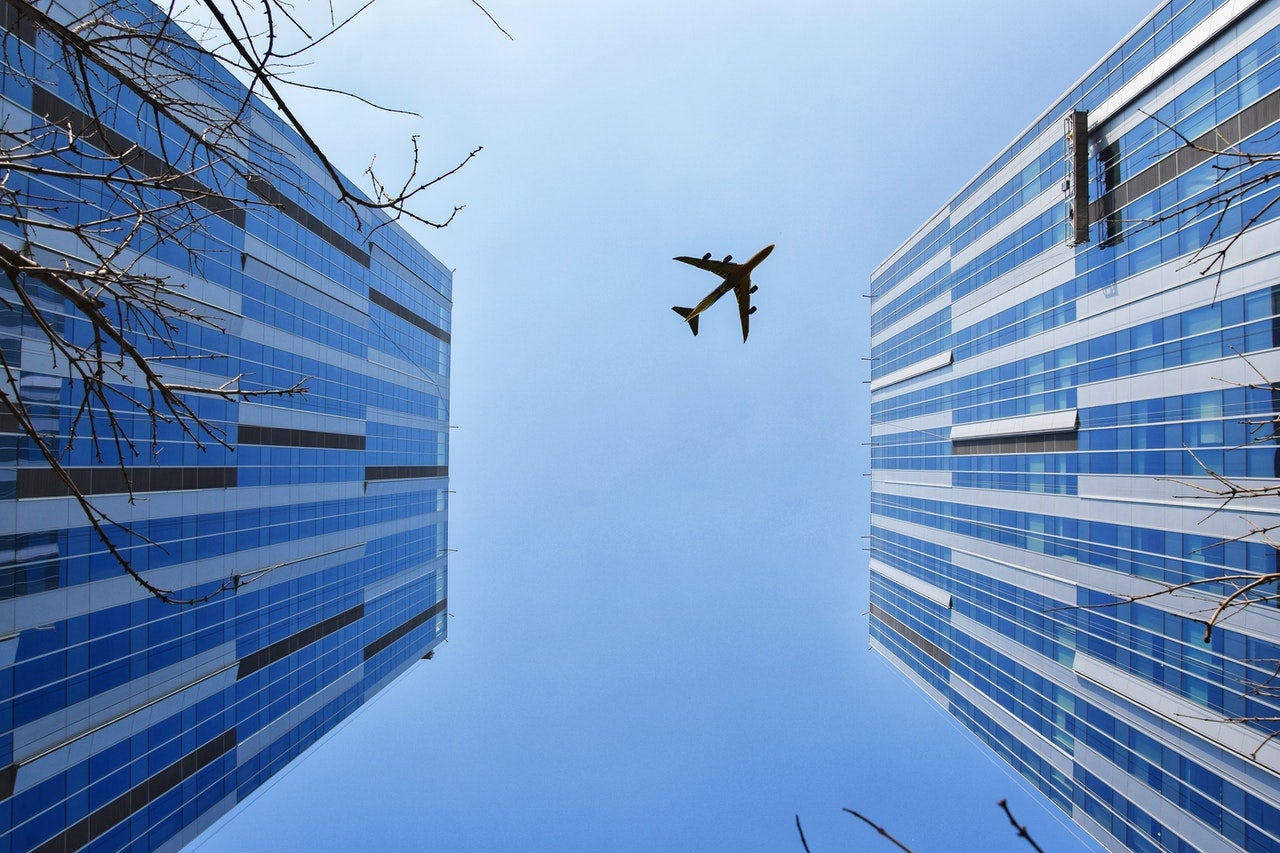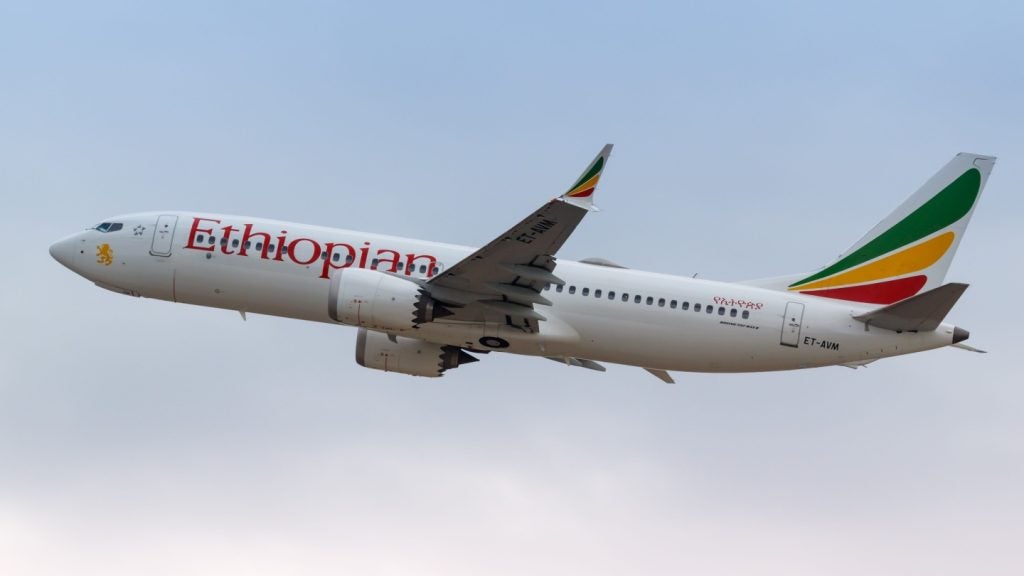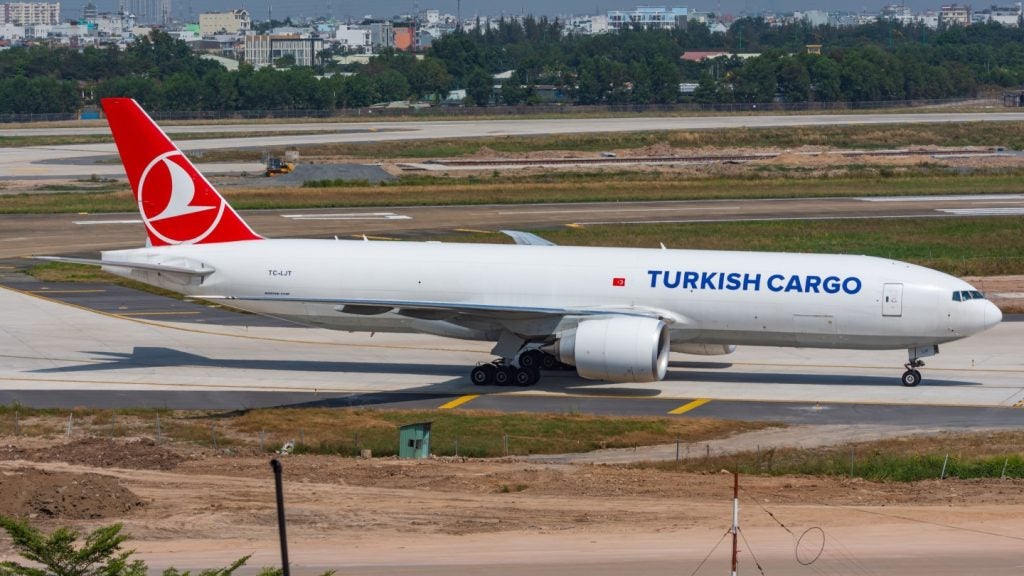
For some Air travellers, flying with an airline aboard one of its fleet – emblazoned with its livery and decked out with its branding – offers a sense of familiarity, trust and even pride. However, in the current era, its highly likely that aircraft is rented from a leasing company.
Aircraft leasing is big business; the subject of major international conferences and the catalyst for significant international travel. Before the pandemic, some estimates suggest around half of all operational aircraft were leased, either by other airlines or leasing companies.
Some lessors don’t just lease, they provide a full package to their customers, comprising almost every element of fleet management. Global Aviation, as an example, has been offering such packages for years.
Our team provides the commercial‚ marketing, technology and customer service expertise,” says a Global Aviation representative. “Global is a fully integrated aviation company with in-house maintenance‚ crew training and flight operations.”
As well as holding a local Air Operator Certificate (AOC) and being a licensed domestic operator, the company is EASA certified, allowing it to operate in the EU.
How well do you really know your competitors?
Access the most comprehensive Company Profiles on the market, powered by GlobalData. Save hours of research. Gain competitive edge.

Thank you!
Your download email will arrive shortly
Not ready to buy yet? Download a free sample
We are confident about the unique quality of our Company Profiles. However, we want you to make the most beneficial decision for your business, so we offer a free sample that you can download by submitting the below form
By GlobalDataLeasing: a complex business
Leasing agreements themselves are complex, strewn with legalities and an abundance of operating contracts. In their simplest terms, there are three types of leases: dry lease, wet lease and damp lease. These leases are further complicated when one, or both, parties are non-native to their country of operation.
The significant differences between dry and wet leases are who retains operational control of the flight. Under a wet lease, the lessor has that control, whereas the lessee does under a dry lease. This is largely because a wet lease includes at least one crew member under the terms of the agreement, whereas a dry lease is for the aircraft only.
For airlines, leasing aircraft has its advantages, particularly in today’s difficult and challenging climate. But it also comes with risks too. A recent “frustration” case was brought against a lessee in the UK as a result of the pandemic.
Salam Air brought the case against Latam Airlines Group, arguing the crisis had led to extraneous circumstances and that as a result it should not be held to the terms of its leasing contract for three aircraft.
The low-cost carrier had been using the aircraft since 2017 to operate routes out of Oman, but the pandemic had seen authorities suspend almost all flights in and out of the country, essentially grounding Salam Air’s fleet.
The court ruled Salam Air was contractually obliged to continue with the terms of the agreement. However, it served to highlight the risks associated with leasing.
“Aircraft leasing involves a number of risks for both parties,” says Andrew Barham, partner of the aerospace team at specialist insurance, risk management and consulting services provider Gallagher. “For the lessor, operational risks include the possibility of loss of or damage to the aircraft itself, along with the risk of being sued by passengers and third parties in the event of an aircraft accident.”
Sean Kelly, another partner on the team, adds: “There are also a range of financial risks to consider, including credit risks associated with the lessee’s ability to maintain lease payments – a key area of concern at the moment, with many airlines facing severe financial challenges as a result of Covid-19.”
The dispute between Salam Air and LATAM Airlines Group is a prime example of that.
The cost of Covid-19
Both men believe the pandemic has placed the global airline industry under enormous financial strain, with passenger traffic plummeting, greatly reducing airline revenues.
Although there is still a huge demand for air cargo, passenger airlines are continuing to suffer financially around the world. “As a result, many airlines are looking to defer lease payments, creating a disruption to cash flow for aircraft lessors and an increased risk of defaults,” Barham warns.
Covid-19 has raised the importance of insurance policies for both parties embarking on a leasing agreement. There are more mundane reasons having insurance is crucial too, not least that it is required as part of any agreement.
Insurance policies are often required as part of leasing agreements, and Covid-19 has raised the importance of these policies for both parties.
“Insurance plays a crucial role in facilitating aircraft lease transactions,” says Kelly. “The lessor will look for protection from the lessee for as many operational risks as possible.
“As part of the contractual agreement, the lessee will be required to arrange comprehensive aircraft hull and spares insurance in order to protect the asset in the event of accidental (‘all risks’) or malicious (‘war and allied perils’) loss or damage… they will also be required to arrange comprehensive aviation liability insurance.”
Barham adds that many lessors seek additional insurance protection in the form of their own contingent hull and spares, as well as aviation liability insurance policies, which will protect the lessor in the event the lessee’s insurance policies fail to respond following a loss.
“Such policies can also include insurance for a number of additional risks, such as loss of or damage to technical records and repossession expenses,” he adds.
Leasing opportunities and challenges
Aircraft leasing is, although not obvious right now given the pandemic, on the rise. The model is increasingly receiving interest from airlines the world over. The likes of easyJet, IAG and Wizz are all investigating the opportunities it offers, particularly given the current state of finances in the sector. Their focus has largely been on the possibility of selling and then leasing back aircraft, increasing liquidity within their organisations.
In India, the model is already enjoying huge popularity. Speaking at an industry event earlier this year Pradeep Singh Kharola, secretary at the ministry of civil aviation and former chairman of Air India, said: “Financing of aircraft, the airlines have found the lease financing to be the most suitable option. Leasing is an efficient means to fulfil short-term capacity requirements without burning the balance sheet.”
You can’t, however, escape the fact that the pandemic has changed everything. Airlines that once seemed invincible are having to count the coffers and consider their futures in a very different light. Some have even gone to the wall while others are relying on bankruptcy, significant cost cutting and even state aid to survive.
This impacts the leasing market too. Aircraft have been mothballed or simply parked up for better days. That has its own problems: the industry is awash with aircraft no one is prepared to use right now, and will likely not wish to use in the future. This leaves lessors with a conundrum – what do they do with their aircraft on the ground?
Here too, insurance plays a role. “There are operational risks involved with airlines placing aircraft in storage, often at crowded airports, airfields and storage facilities,” Kelly remarks. “The aircraft asset must be protected whilst in storage to ensure that it remains airworthy and ready to be returned into service once market conditions improve.”
He adds insurers are focusing more on “Aircraft on Ground” risks: “Until fleets and parked aircraft fully return to the skies, ground accumulation will remain a heightened risk to insurers, with an unfortunate event or incident potentially proving to be extremely costly,” adds Kelly.
Other risks to grounded fleets include damage to an aircraft through deterioration or exposure to the elements, or during movement or other acts or omissions of a third party; damage caused to other aircraft; or damage to the airport or storage facility caused by the aircraft.
What next for leasing insurance?
Both men agree that, on the whole, insurers are responding sympathetically towards their clients. Despite rate increases, many have provided a wide range of relief measures, such as premium adjustments and returns, reductions in deposits and instalments, and various payment extensions and deferrals.
However, they warn the implication of the pandemic will be felt for some considerable time to come – notably through renewals. “In this current climate, the majority of organisations are likely to see sizeable raises in premium rates when it comes to their insurance renewals,” says Barham.
He urges lessors to begin the renewal process as early as possible, saying renewal negotiations are likely to remain complex, with insurers needing more time to review all the information and ask further questions. “Buyers must be prepared to be proactive and involved throughout the process.”







